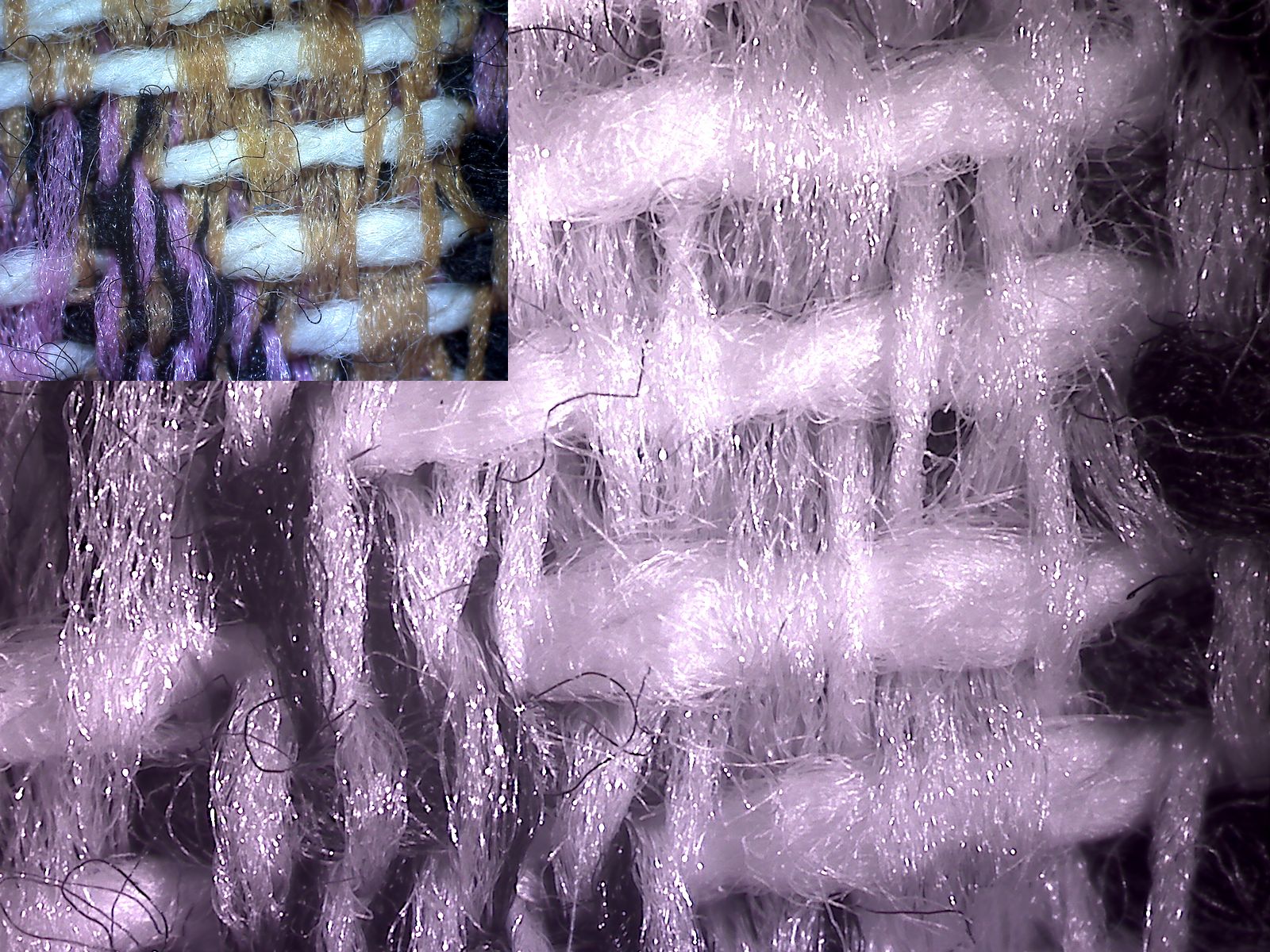Why use a near infrared digital microscope: open up a hidden world
December 16 2024 – Meryl Zweig

Digital microscopy allows users to view the image on a computer screen instead of looking through an eyepiece reducing eye strain and allowing for easier digital measurements for oddly shaped objects. Adding near infrared light capabilities with LEDs opens up a hidden world of vision by looking at your object at different light wavelengths. Zarbeco can include white, ultraviolet (UV) and two wavelengths of near infrared (IR) LEDs in one microscope, to easily switch between the light sources. Since samples respond differently to near infrared light wavelengths than to white light, you can see different image features. Infrared microscopes allow for higher resolution and contrast compared to white light microscopy as the infrared image is in black and white instead of color so you can see the differences in inks, fibers, or paint.
Different fields that benefit from using infrared light include forensic science, biological sciences, manufacturing, art conservation/restoration, automotive, quality inspection, education, and mineralogy to name a few. A handheld digital microscope with infrared light can “see” features that are invisible to the human eye.
Hidden features that are revealed when looking at your sample with IR light include many different examples. Some pen inks that are visible in white light become transparent when infrared light is used. This makes it possible to see when a document has been altered with a different pen. Infrared light can also be used to see thin coatings on metals or packaging, so is important for quality control. Infrared light can be used in art conservation to look through painting to the pencil drawing below.
It is very easy to switch between white and IR light on a Zarbeco digital microscope by just using a switch on the back of the MiScope ®. Our polyspectral version lets you computer control the % of white, ultraviolet (UV) and infrared (IR) light all in one image so you can distinguish for example between different inks in the same sample.
If you have any questions about infrared microscopy, you can reach Zarbeco, LLC at (973) 933-2043 or at sales@zarbeco.com.
